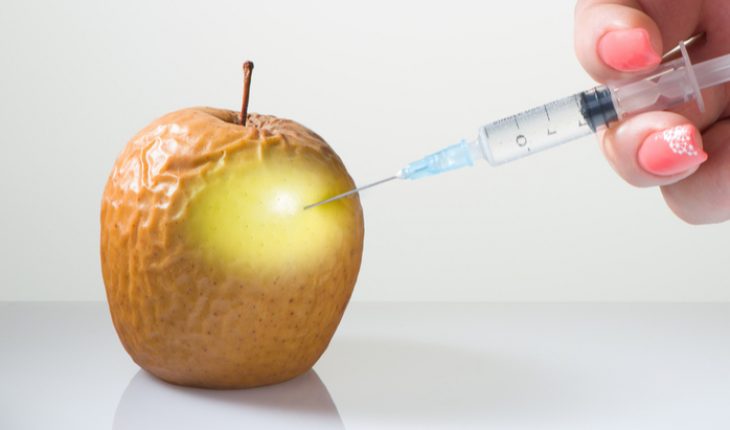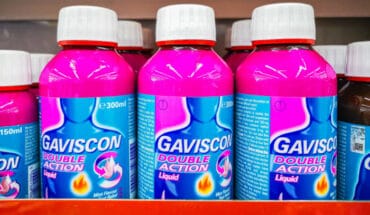The scope of therapeutic applications of botulinum toxin has expanded far beyond the treatment of frown lines and crow’s feet. Thirty years ago in 1987, a Canadian ophthalmologist Jean Carruthers and her British dermatologist husband, Alistair, discovered that injecting a potentially lethal neurotoxin (botulinum) could soften lines and wrinkles. When Alistair who originally trained and worked as a dermatologist at St John’s Institute of Dermatology in London presented his findings at the American Society for Dermatologic Surgery, they were told that their idea was simply crazy but it went on to become one of the most popular anti-aging treatments of all time with several billion treatments being done each year now.
So how is botulinum toxin now being used in a clinical setting?
It is known to be the most effective treatment for hyperhidrosis (excess sweating) and can be used to treat any focal areas, most commonly the arm pits and hands and feet with effects lasting for 2 to 8 months.
Numerous multicentered, double-blind, placebo-controlled trials have supported the use of botulinum toxin to prevent migraines by injecting into the muscles or the sites of pain or both. It has been shown to reduce, the cumulative hours of headache and the frequency of moderate to severe headache days, particularly in patients who have more than 15 episodes per month.
It has been used in a range of other head and neck conditions, which include voice tremor, stuttering or stammering and teeth clenching.
It has also been used for chronic neck pain, but several studies show little significant benefit with this condition.
Back in the cosmetic world, it has been shown to improve other facial issues. Gummy smile is one where too much of the gums are showing, usually from excessive lip elevation where the upper lip goes too far above the upper teeth when smiling. Injecting botulinum toxin just to the side of the nose and in the upper lip can weaken the lip so that it will not be pulled up as high when smiling.
Some patients find that the tip of their nose gets drawn downward by lowering the upper lip and this can be prevented by injecting Botox into the base of the columella (the area that divides the two nostrils) and this is helpful in raising and projecting the nasal tip.
Injecting Botox in the lower face can have numerous effects. Along the angle of the jaw, it can help to define this area and injecting it in the muscles which depress the angle of the mouth can elevate the corners of it, thereby giving a less frowned appearance.
Puckering of the chin can be reduced by injecting into the mentalis muscle and injection into the neck muscles can reduce the vertical bands which appear with age. Care needs to be taken when injecting into the neck because it can cause side effects like difficulty in swallowing and softening of the voice.
Small studies showed that it can even help during the wound healing process and lead to less physical scars as it weakens the surrounding muscles, reducing the pull on the wound during the acute healing phase of the first 2 to 4 months. Injections in the first 24 hours after skin cancer surgery on the forehead in small studies has been shown to improve the appearance of wound after 6 months.
Off label injections need to be done with caution and administered carefully by a trained practitioner.
- The expanding scope of botulinum toxin - 4th June 2017







